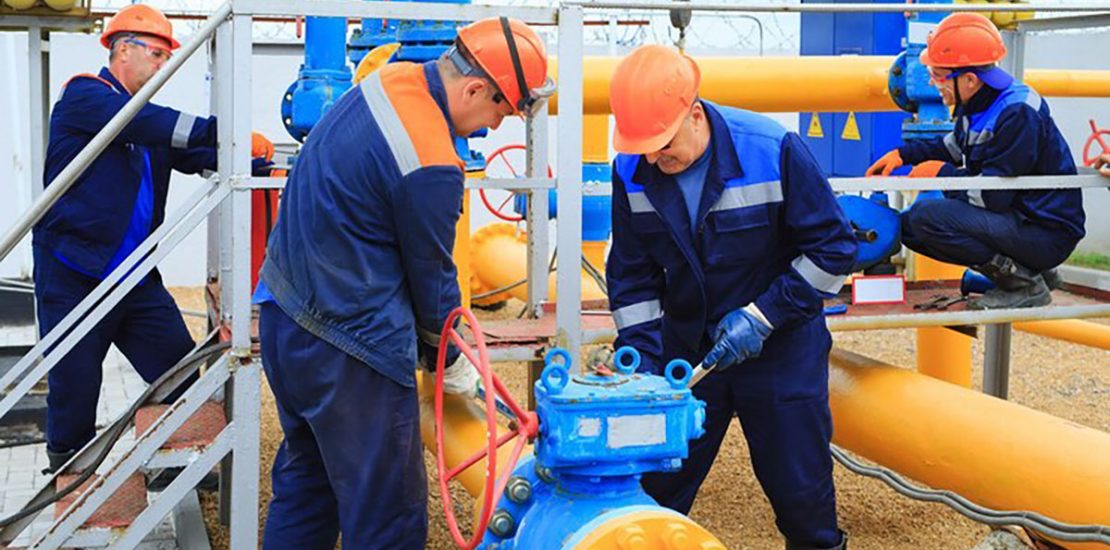Effectively Implementing Hazardous Substances and chemical safety management strategy
- July 11, 2023
- Posted by: Velosi Author
- Categories: HSE, Insights

Chemical Safety: Are you aware of the invisible dangers that are present in our workplaces? From corrosive chemicals to hazardous substances, ensuring a safe and healthy environment for employees can be a strenuous task.
Introduction to hazardous substances and chemical safety management
Numerous workplaces harbor hazardous substances and chemicals that carry diverse health and safety risks. To safeguard the well-being of workers, it is imperative to implement a robust strategy for managing these hazardous materials effectively and ensuring their safety.
Below are four key elements to consider while conducting hazardous substances and chemical safety management strategy:
- Identification
The initial stage of managing hazardous substances and chemical safety effectively involves identifying materials that pose a risk within the workplace. This encompasses chemicals that are recognized as dangerous, as well as those that may not have been classified. A potentially hazardous substance should be labeled and stored in compliance with set regulations.
- Risk Assessment
After identification, risk assessment is necessary. The level of risk associated with a given substance depends upon several factors, including the quantity present, the duration of exposure, and the inherent properties of the substance itself. Conducting a thorough risk assessment for each hazardous substance will generate an effective plan for ensuring workplace safety.
- Controlling Exposure
Once a detailed risk assessment has been carried out, it is crucial to put in place the right measures to reduce workers’ exposure to hazardous substances. This could include using personal protective equipment, introducing engineering controls, or changing work practices to lower the risk of exposure.

Exposure to hazardous chemicals in the workplace is very common and can occur through skin contact, inhalation, or ingestion putting the health and safety of workers in danger. To ensure workplace safety, it is crucial to identify all potential sources of exposure and implement measures to protect workers from coming into contact with these harmful substances.
Fire and explosion risks pose significant challenges when dealing with hazardous substances. For example, the potential dangers associated with flammable liquids and gases can result in severe injuries or even fatalities. Consequently, it becomes significant to implement appropriate ventilation systems and fire suppression measures in areas where such chemicals are utilized or stored. By prioritizing these safety measures, we can effectively mitigate the risks posed by fire and explosions, ensuring a secure working environment for all personnel involved.
The utilization of hazardous substances poses a risk of environmental contamination. Chemicals may infiltrate groundwater or become airborne, resulting in long-term environmental damage. To prevent such contamination, it is important to adhere to proper waste disposal protocols and implement spill containment procedures.

There are several ways to control exposure in the workplace, such as:
- Substitution: Whenever feasible, opt for less hazardous alternatives to replace the substances that pose risks. This approach is frequently the most efficacious in decreasing exposure and eradicating the potential for detrimental health effects.
- Engineering Controls: Employ engineering controls that isolate workers from exposure by utilizing ventilation systems or other appropriate methods. These measures are designed to create a physical barrier between employees and hazardous substances.
- Personal Protective Equipment: (PPE) such as gloves, respirators, and protective clothing are essential to mitigate exposure, ensuring proper usage.
- Administrative Controls: Implement administrative controls that entail modifying work practices or procedures to minimize exposure. These controls focus on establishing protocols and guidelines that reduce the likelihood of contact with hazardous substance
- Training: It is crucial to provide comprehensive and continuous training to workers regarding the hazards associated with hazardous substances. This training should be regularly updated to ensure that everyone remains well informed about the latest information on risks and safe work practices. By prioritizing ongoing education, we can enhance awareness and promote a culture of safety within the workplace.
Establishing emergency procedures
Creating well-defined emergency procedures is imperative for effectively managing incidents involving hazardous substances. The specific protocols will vary based on the severity and nature of the incident, but they should encompass measures aimed at evacuating both employees and customers, preventing further exposure to the hazardous substance, and providing necessary medical treatment to affected individuals.
Please contact us for more information and assistance.


